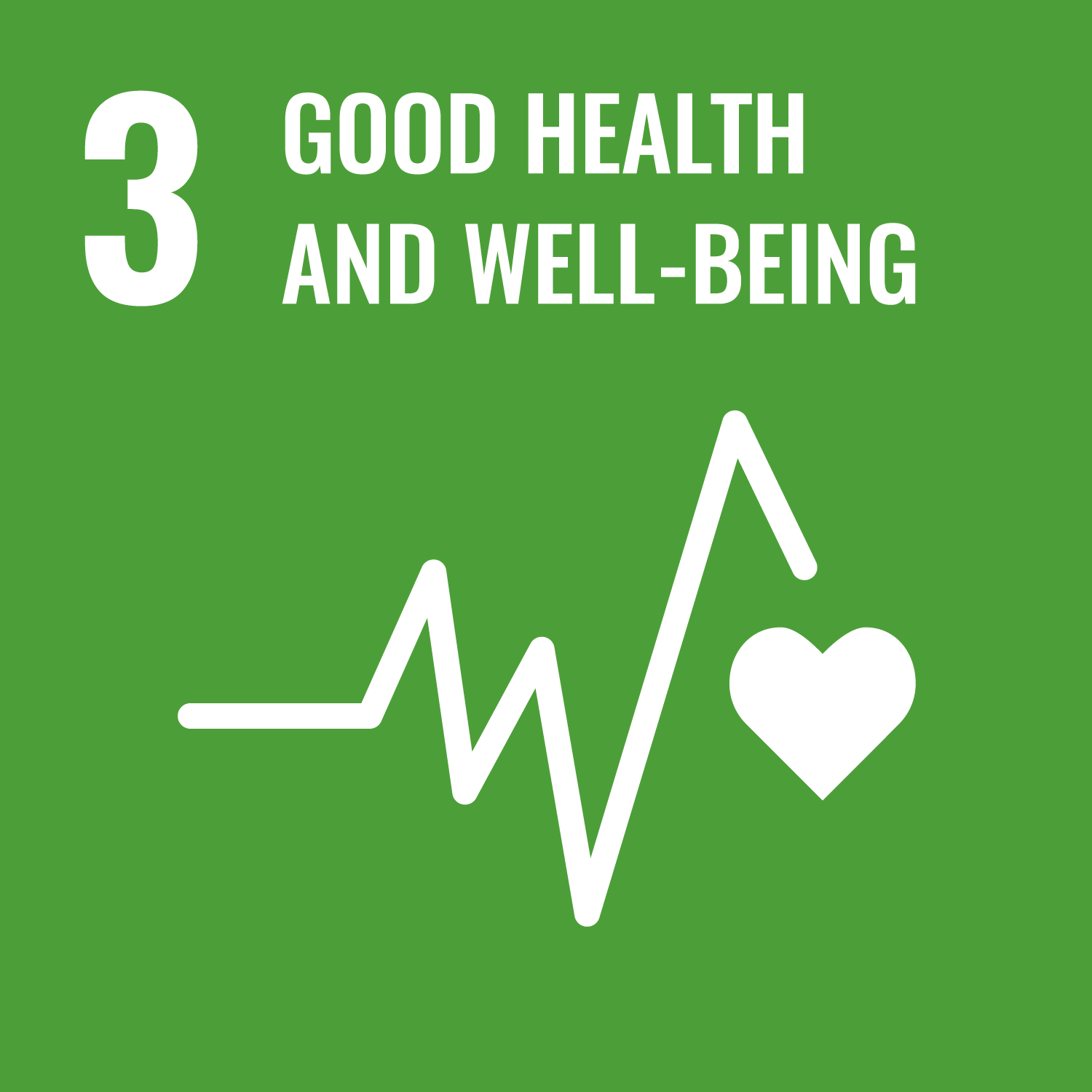【SACRU】World Population Day, people on the planet and inequalities grow,
Population aging and lessons from Japan
Written by Yuka Minagawa, Associate Professor of Sociology
- Research
WORLD POPULATION DAY IS JUST AROUND THE CORNER, AS THE UNITED NATIONS WILL CELEBRATE IT ON MONDAY, JULY 11TH. EXPERTS FROM THE STRATEGIC ALLIANCE OF CATHOLIC RESEARCH UNIVERSITIES HAVE PROVIDED SOME INSIGHTS ON THE TOPIC, ADDRESSING DEMOGRAPHIC CHALLENGES, MIGRATION ISSUES, AND PERSISTING INEQUALITIES

Substantial mortality reductions have occurred worldwide over the past few decades, as witnessed in improvements in life expectancy (LE). Total LE at birth globally increased from 64.2 to 72.6 years between 1990 and 2019 (United Nations, 2019). Fueled by lowered fertility, the world population aged 65 and older is expeditiously growing, a phenomenon that is known as population aging. According to the United Nations (2019), 15.9% of the world population will be older than 65 years in 2050, changing from 9.1% in 2019. Increases in longevity and the size of the older population have made it critical to assess not just how long people are expected to live but also how these additional years of life are lived. Japan has been leading the world regarding the speed of population aging. The proportion of the population 65 years and older changed from 7% to 14% within 24 years, compared to 115 years in France, 72 years in the United States, and 40 years in Germany. In 2021, 28.9% of the Japanese population was older than 65, which is expected to reach 38.4% in 2065 (Cabinet Office of Japan, 2021). The pace of population aging has been further accelerated by reductions in the total fertility rate (TFR), which has long been below the replacement level and was 1.33 in 2020 (Cabinet Office of Japan, 2021).
With low fertility and low mortality equilibrium, the Japanese government has focused on maintaining the physical, psychological, and social well-being of older individuals by promoting the idea of successful aging. The well-being of the older population is directly related to social policy in Japan, including pension provision and future care expenditures. Various programs and measures at governmental and non-governmental levels are targeted at promoting the well-being of older people, such as introducing the long-term care insurance (LTCI) policy in 2000, providing post-retirement employment opportunities via Silver Human Resource Centers (SHRC), and developing senior citizens’ clubs nationwide. These initiatives aim to help older adults stay socially involved, and there is strong evidence of the health benefits of active social participation at advanced ages.
The world faces several demographic challenges, and population aging is clearly one of them. Population aging is a universal phenomenon, and its impact has become increasingly evident in all dimensions of our daily lives. While more developed countries have experienced the aging process relatively early, it poses significant challenges for developing nations, where governments are less prepared to address the needs of their rapidly graying populations. It is, therefore, essential to solicit cooperation among international development agencies and donors and provide developing countries with the knowledge necessary to face the population aging issue. From this viewpoint, Japan’s experiences offer valuable insights to the world on dealing with the challenges of population aging. World Population Day reminds us of the progress we have achieved, the challenges we are currently facing, and the ways to address these challenges through international collaboration.

